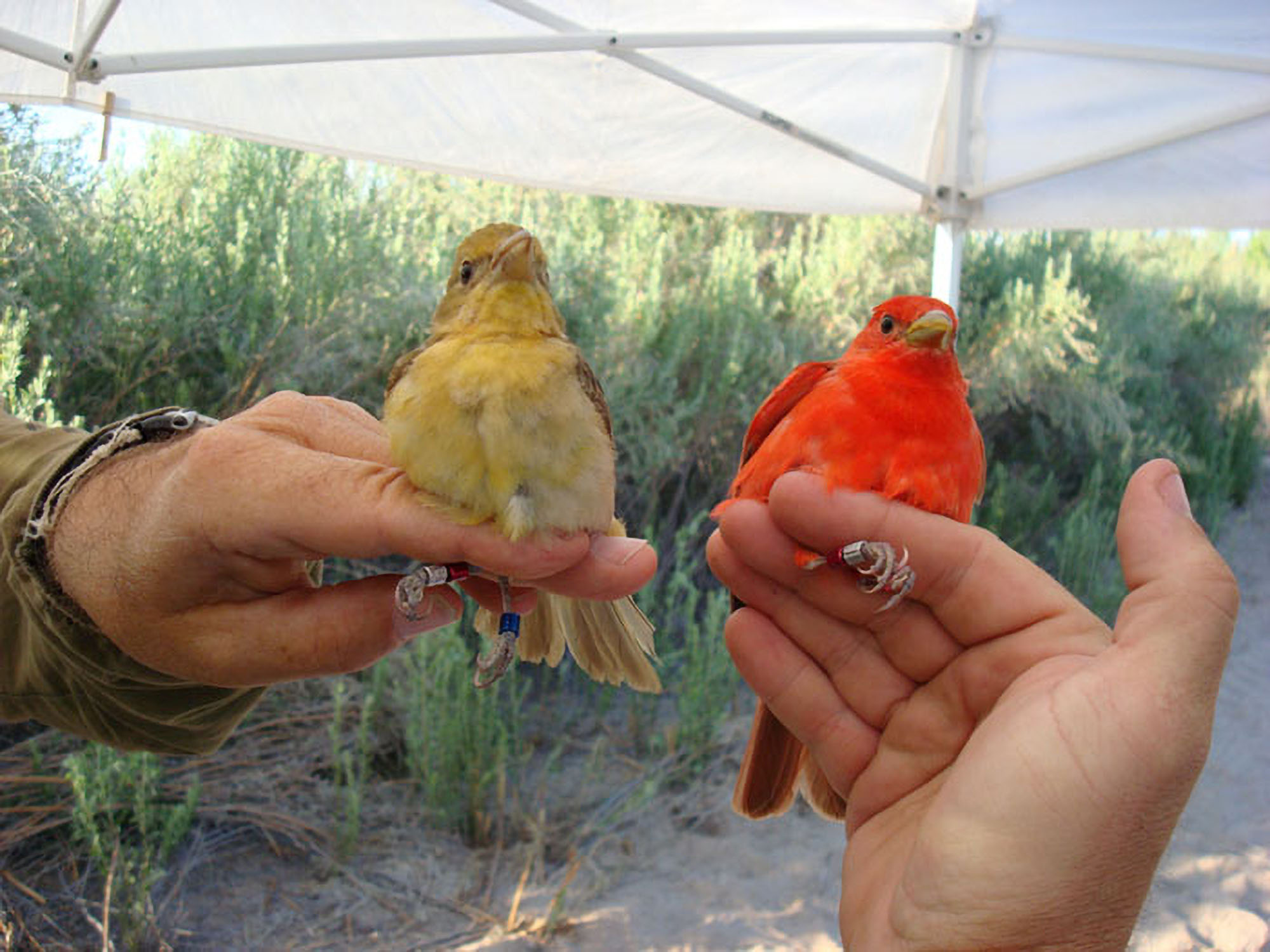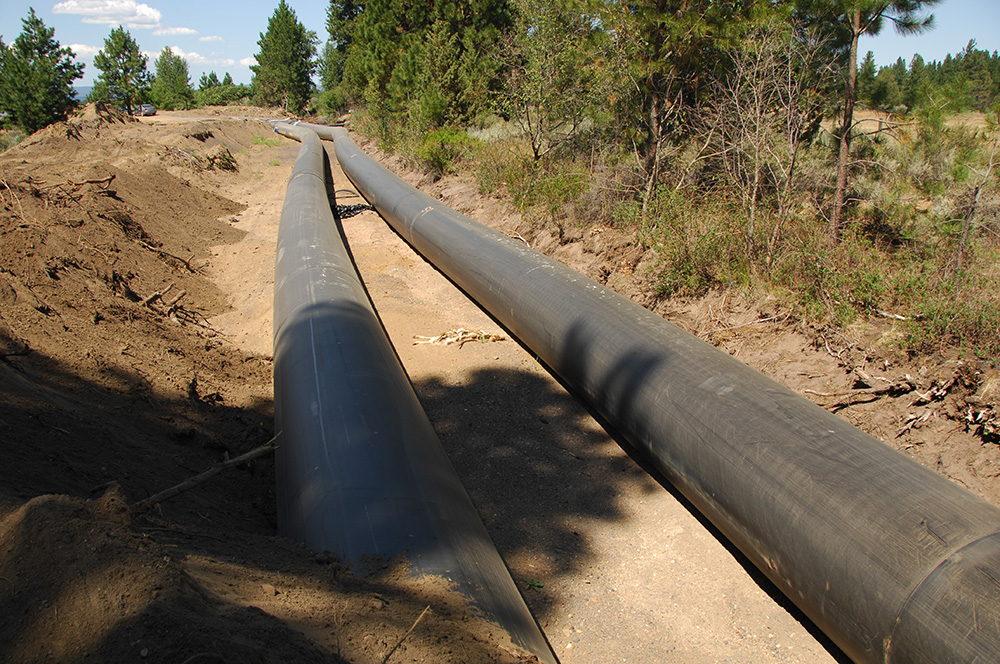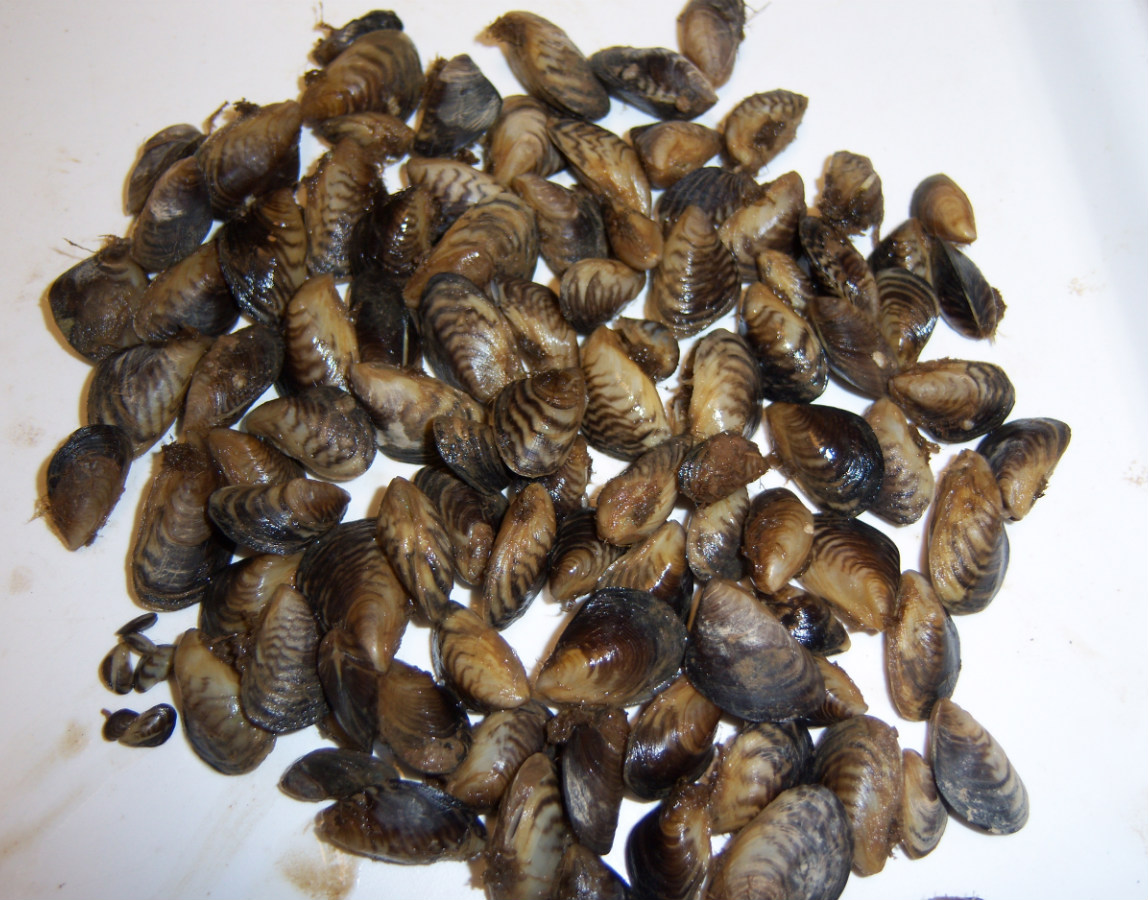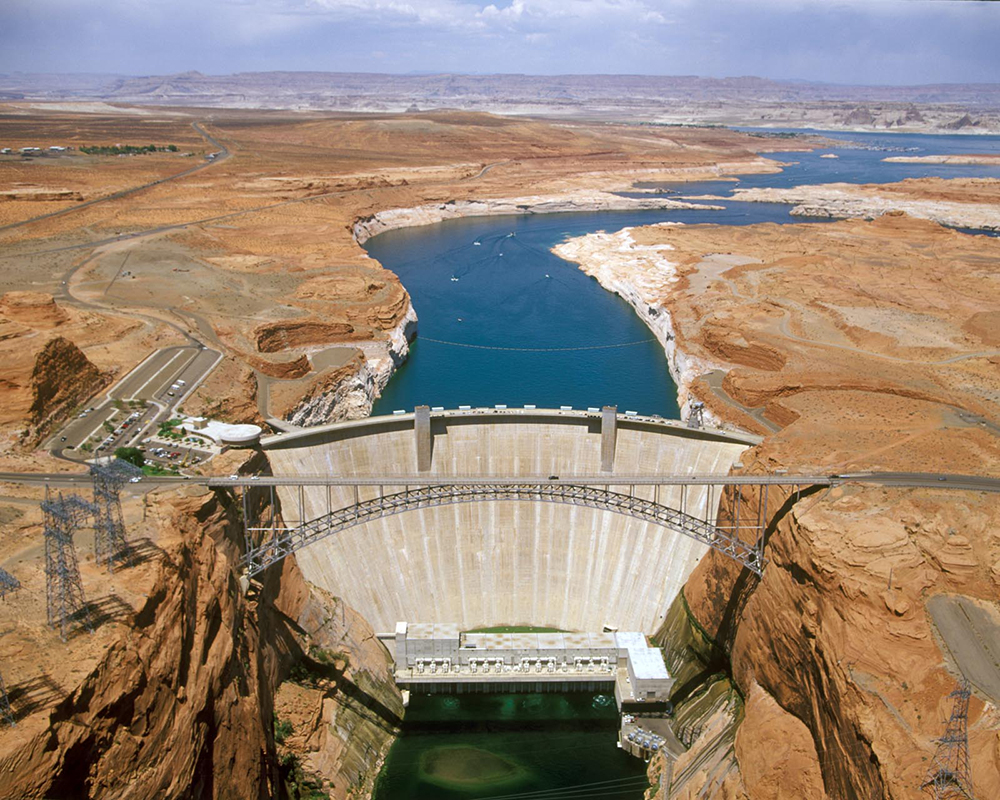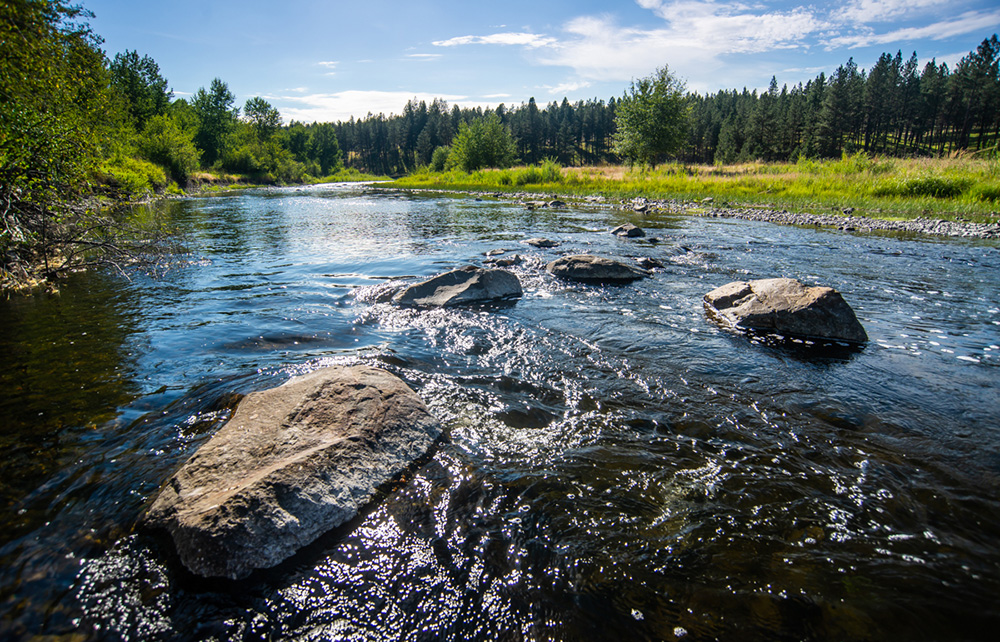- Reclamation
- Conservation
Conservation
The Bureau of Reclamation manages, developes, and protects water and related resources in an environmentally and economically sound manner for the benefit of the American public. Conservation remains a vital part of managing water delivery and power generation across the Western United States.
A large number of Reclamation’s conservation and environmental activities involve partnerships with local landowners, representatives from states, tribes, non-profits and conservation groups.
To learn more about Reclamation’s collaborative conservation, please explore our programs below, which often help address threatened or endangered species, habitat recovery, invasive species or adaptive management activities.
-
Multi-Species Conservation within the lower Colorado River Basin
To conserve 32 native species and their habitats across the Colorado River Basin, which geographically extends over nearly a quarter of a million square miles, the Bureau of Reclamation and the states of Arizona, California, and Nevada implemented the Lower Colorado River Multi-Species Conservation Program (LCR MCSP). Public participation through the LCR MCSP Steering Committee helps inform conservation across a variety of areas including habitat, vegetation, restoration, wildlife, fisheries and adaptive management activities.
-
WaterSMART – Sustain and Manage America's Resources for Tomorrow
Reclamation helps address the West’s water challenges through a competitive grant program called WaterSMART. This program helps local water stakeholders address current and future water shortages, including drought; degraded water quality; increased demands for water and energy from growing populations; environmental water requirements; and the potential for decreased water supply availability due to drought, population growth and increased water requirements for environmental purposes.
-
Invasive Mussels – Safeguarding the West
Quagga and zebra mussels are invasive species from Eurasia’s Caspian Sea. These tiny mollusks reproduce rapidly and attach to surfaces such as pipes, lake bottoms, docks and break walls, forming a crust of shells. Infestations in dams and water treatment facilities can impact the delivery of water and power. Large colonies in lakes and waterways affect freshwater ecosystems, leading to harmful effects on native and endangered species, including recreational game fish.
Experience in some areas has shown that a hydroelectric dam infested with invasive mussels may need to spend $500,000 a year in extra maintenance to control the damage posed by these pests, costs that then get passed on to consumers and businesses. Invasive mussels also may disrupt ecosystems to the degree that they may cause new listings under the Endangered Species Act. In addition, mussel infestations threaten agriculture, navigation locks and the biodiversity that supports much of the Western outdoor recreation industry.
As part of Safeguarding the West, Reclamation engaged in a range of activities to prevent and control invasive mussels. Activities included extensive water sampling and monitoring with more than 1,000 samples processed in the 2018 season, 10 facility vulnerability assessments completed in Reclamations’ Pacific Northwest Region and support for watercraft inspection and decontamination through various partnerships including with NPS at Lake Mead National Recreation Area.
Get involved! Aquatic recreationists should always clean their boats and gear before leaving a site. For a comprehensive list of how one can help prevent the spread of aquatic nuisance species, please visit the Stop Aquatic Hitchhikers/Protect Your Waters website.
-
Adaptive Management Program for Lake Powell’s Glen Canyon Dam in Arizona
The Glen Canyon Dam Adaptive Management Program was developed to provide an organization and process for cooperative integration of dam operations, downstream resource protection and management, and monitoring and research information, as well as to improve the values for which the Glen Canyon National Recreation Area and Grand Canyon National Park were established.
By blending the best science and management practices, the Adaptive Management Work Group, which is organized as a federal advisory committee, makes recommendations to the Secretary of the Interior on how to protect the resources and meet the requirements of the law.
In the summer of 2019, an experiment called the Macroinvertebrate Production Flow will be conducted at Glen Canyon Dam. This experiment, also known as a Bug Flow, aims to improve egg-laying conditions for aquatic insects that are the primary food source for fish in the Colorado River. Insects expected to benefit from this experiment are an important food source for many species of fish, birds and bats in the canyon. Beyond expected resource benefits, this experiment will also provide scientific information that will be used in future decision making.
-
Fish Habitat Planning in the Pacific Northwest
Reclamation helps improve fish spawning and rearing habitats in the Federal Columbia River Power System Tributary Habitat Program. Project teams have been very effective in implementing over 200 projects since 2002 and currently 15 to 30 fish habitat projects each year.
Along a 1.9-mile stretch of the Grande Ronde River near La Grande, Oregon, the Confederated Tribes of the Umatilla Indian Reservation, U.S. Forest Service, Bonneville Power Administration, and Reclamation have partnered to design and implement a habitat enhancement project that will restore the river’s complexity by increasing mainstem and off-channel habitat, providing temperature benefits and helping to manage destructive ice buildup.

